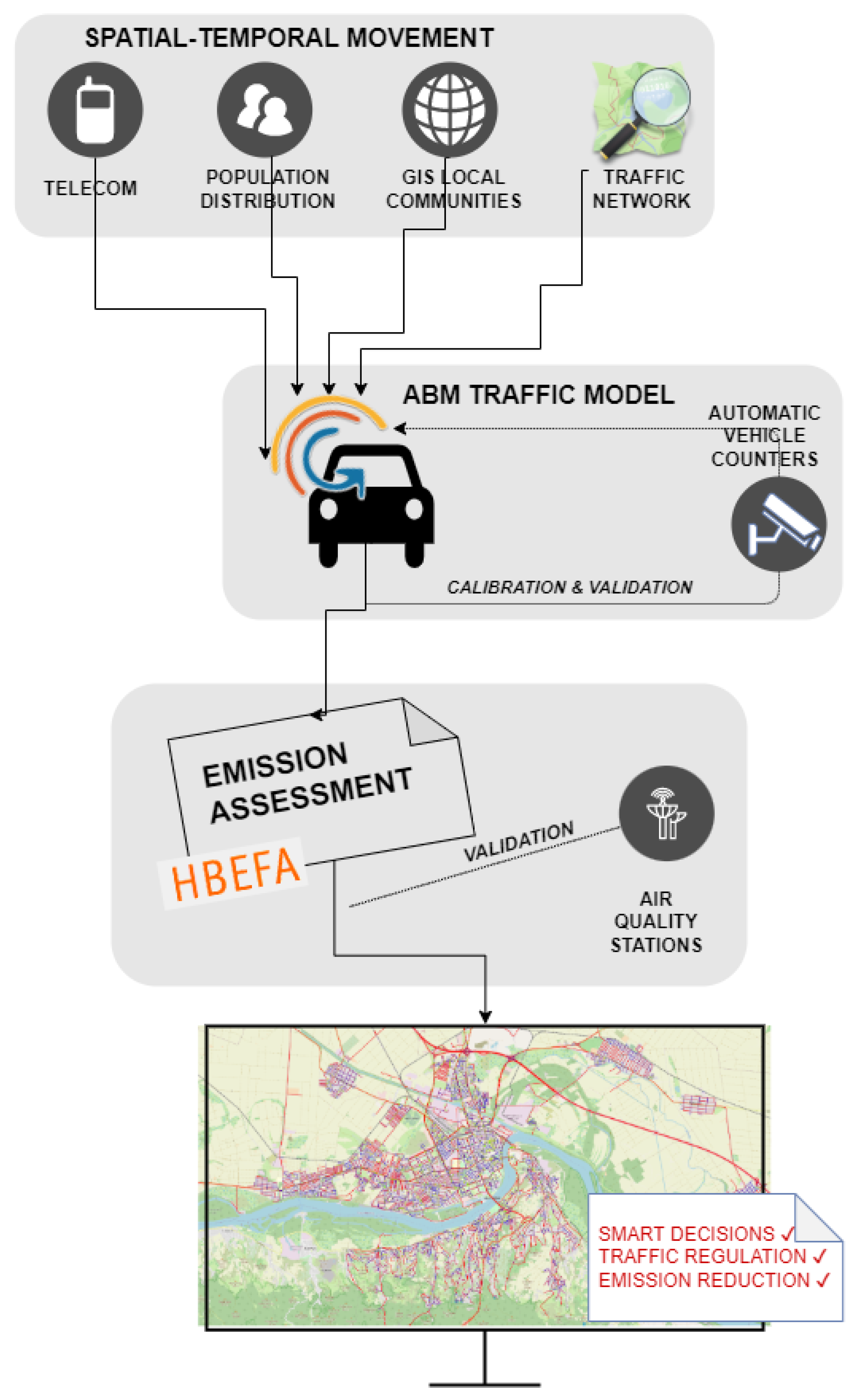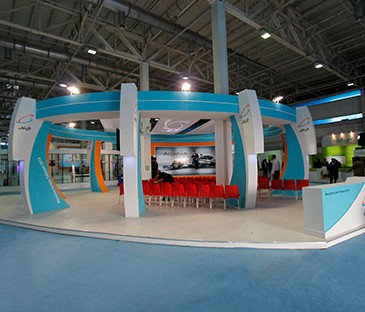IP327 - TELECOM-DISCRIMINAZIONE IBAN ESTERI Provvedimento n. 28054 L'AUTORITÀ GARANTE DELLA CONCORRENZA E DEL MERCATO NELLA S
SEPA DETERMINATION OF NON-SIGNIFICANCE (DNS) SEATTLE DEPARTMENT OF TRANSPORTATION (SOOT) 2020 DIRECTOR'S RULE DESIGN STANDARDS F

IJGI | Free Full-Text | Combining Telecom Data with Heterogeneous Data Sources for Traffic and Emission Assessments—An Agent-Based Approach

Paris, France - Jan 8, 2018: Man holding against gray background letter from Orange Telecom France informing about Optic Fiber connection Stock Photo - Alamy
RESOLUTION NO. 1 2 - 1 3 7 3 0 A RESOLUTION ADOPTING TELECOMMUNICATION RATES FOR WHOLESALE TELECOMMUNICATIONS SERVICES BY SERVIC












